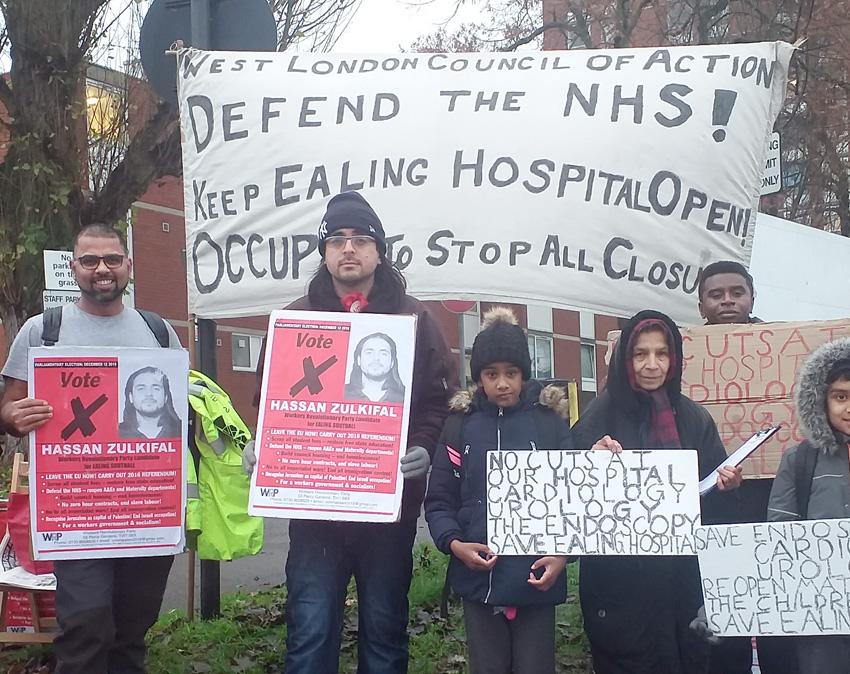
LABOUR IS pledging a relentless focus on the NHS in its first 100 days in government as new research reveals hundreds of ‘extreme’ risks to patient and staff safety in hospitals across England.
The long-term impact that Tory and Liberal Democrat underfunding is having on the health service is exposed in official NHS Trust documents.
Labour’s analysis of more than 120 Trust board papers shows NHS Trusts are faced with hundreds of risks to patient safety classed as ‘catastrophic’ or ‘extreme’, with the majority linked to lack of spending, staffing shortages or the failures of privatisation.
In government, Labour says it will immediately undertake a full audit of the risks revealed by the research and prioritise capital spending – which Labour has already allocated – to ensure people and buildings are made safe.
Risks linked to privatisation of the NHS include:
- A Virgin Walk-In Centre at the Coventry and Warwickshire Trust has had two cases resulting in patients dying.
A coroner subsequently recommended patients be assessed in 15 minutes, but that has not been implemented – apparently because Virgin’s contract does not clearly stipulate the 15-minute requirement.
Virgin has been sent two performance notices but its contract has been extended.
- An extreme risk to dermatology services at North Middlesex Hospital after private provider Concordia Specialist Care Services was liquidated and legal issues arose with its parent company Omnes.
Risks linked to capital and funding, often due to maintenance issues, include:
- A high potential of catastrophic failure of the roof structure of the Queen Elizabeth Hospital, King’s Lynn, due to structural deficiencies, posing a direct risk to life and safety of patients.
- At Morecambe Bay, where there are high levels of backlog maintenance on its aging equipment and ‘unsuitable environments for safe clinical care’, the hospital is unable to deal with air pollution levels and consequently has closed the hospital’s day case theatres; and is currently monitoring patients’ bloods with a shared excel spreadsheet that is ‘demonstrably incomplete’.
- In County Durham and Darlington, the trust is at extreme risk of failing to meet asbestos and fire regulations, and a total power failure across multiple sites. Units for cleaning endoscopy equipment are breaking down frequently, meaning that the equipment often has to be left uncleaned.
- The board of East Cheshire Trust warns that ‘If there are not enough CTG machines for recording foetal heartbeat to monitor high risk pregnancies on the maternity unit in the antenatal and intrapartum periods, then there is a risk that foetal compromise may not be identified in a timely manner.’
- At the Royal Derby Hospital, there is an extreme risk linked to the emergency buzzer system in the children’s wards.
There sometimes is only one staff member working in the children’s high dependency unit (Dolphin ward) but they cannot easily request help in the event of an emergency because the nurse emergency buzzer system across the three children’s wards (Dolphin, Puffin and Sunflower) sound in the wrong place when triggered, and because there is no light alert to tell staff where the emergency is taking place.